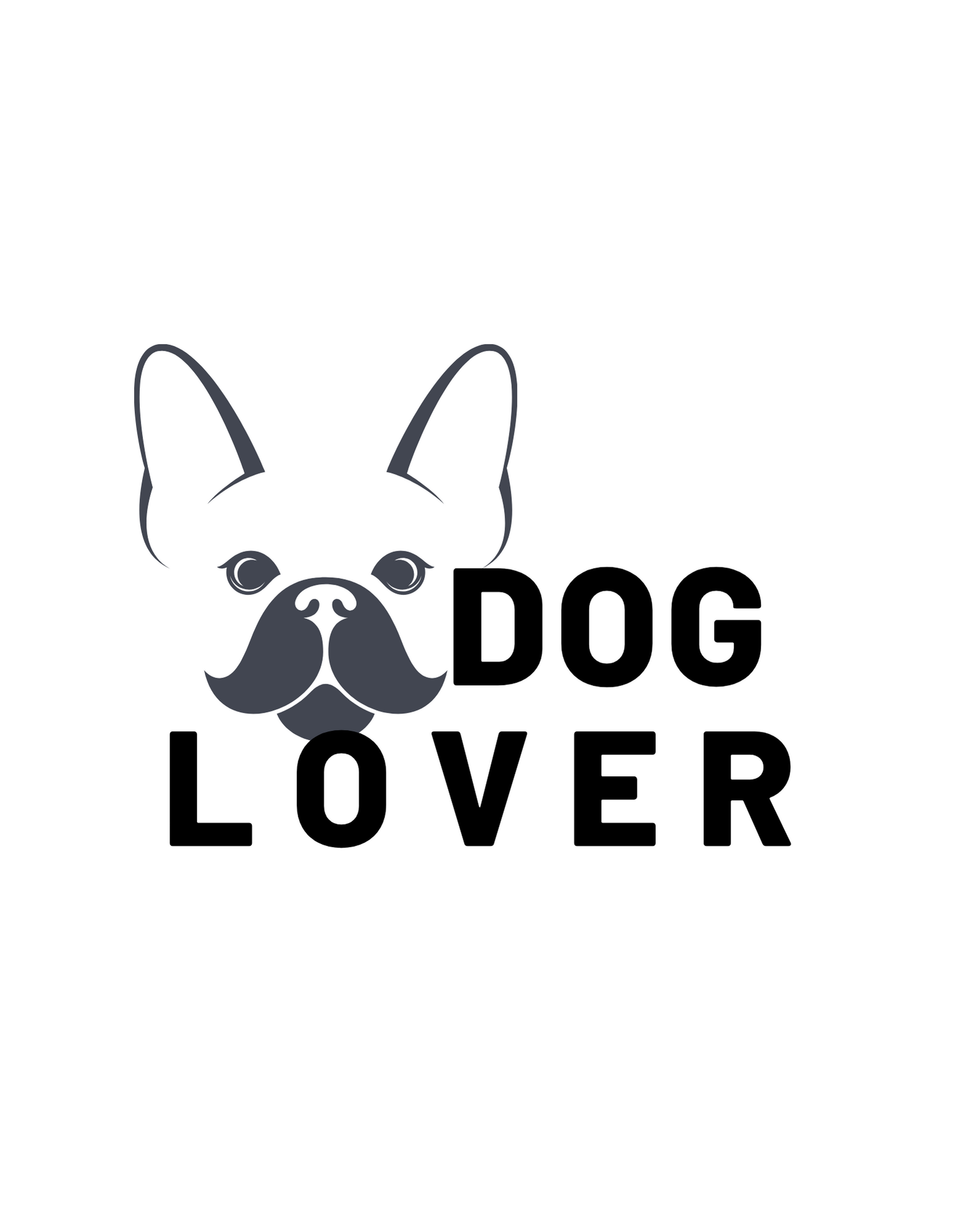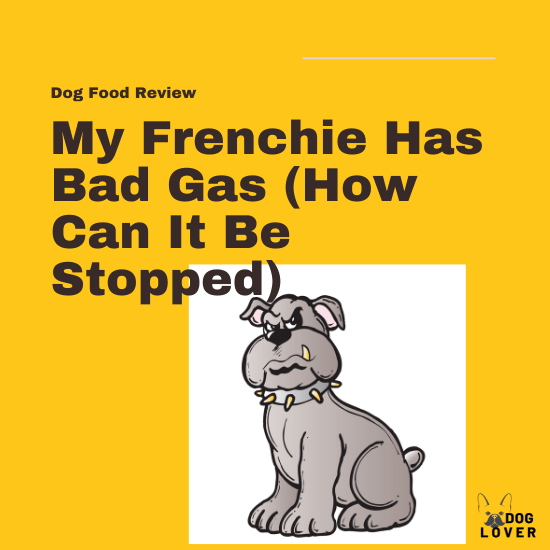What dog food marketing terms are you aware of?
What is their real meaning and implication on your dog’s food?
Well, in this article we will explain the most common terms and tell you what they stand for to enable you to make informed choices.
Ready for this? Let’s get started.
How do you segment a dog food market?
The pet food industry is among the fastest-growing sectors globally, with dog food accounting for about 71% of the pet food sales in the US.
The dog food market can be segmented in many ways. Many companies classify their foods based on a dog’s size, while others look at the type of nutrition that a dog may need.
This includes higher-calorie food for active, growing puppies or a diet with easily digestible ingredients for sick or aging dogs.
They segment the market based on the type of dog offered. This includes wet/canned, dry, semi-moist, fresh foods or dog treats.
Pet Food Labels: Terms Used to Describe Pet Food Types
Premium
Sold only in specialty pet stores, feed stores, and veterinary clinics, these foods appeal to dog owners who are committed to providing the greatest nutrition for their dogs at all phases of their lives.
Premium dog foods are crafted using fixed formulation and are tailored to a dog’s nutritional requirements at different life stages. Additionally, they undergo immense feeding studies using AAFCO guidelines to ensure nutritional adequacy.
However, there is no regulation or guidelines for dog food labeled as Premium.
Popular
This class of dog food is available in grocery shops and supermarkets. Popular dog foods don’t follow a specific formulation but rather make use of variable formulations.
As such, the ingredients that supply a specific nutrient vary from bag to bag. The producers of these foods substitute nutrient sources depending on the component availability and cost.
You should note that the guaranteed analysis on your dog’s food bag remains unchanged despite the variable formulation.
Popular dog foods meet or exceed American Association of Food Control Officials (AAFCO) guidelines.
Super-premium
Perceived as better quality than premium foods, these foods have no artificial preservatives, colors, or flavors. Instead, they utilize natural preservatives such as vitamin C or E.
Just like the premium dog foods, this term has no real definition and neither regulated in its use. Super-premium foods are more costly due to their high nutrient content. Dogs, therefore, only need to eat a small bit of the meal to meet their nutritional needs.
Generic
These foods do not have a brand name but are commercially available. The producers of generic foods aim at supplying consumers with affordable products. As such, you may utilize lower grade and cheap food ingredients in making them.
As a result, these foods have markedly poor digestibility. What’s more worrying is that they may craft the food based on calculations rather than actual AAFCO feeding trials.
Private-label
These foods are labeled with the brand name of certain groceries or other commercial establishments. They may also have the same labeling or brand name as popular or premium dog foods.
Private label dog foods should meet or surpass AAFCO nutrient recommendations. The foods are common among dog owners due to their affordability plus their eye appeal.
Holistic
Used synonymously with natural, this phrase implies something that relates to the whole.
In dog food matters, however, the term has no actual definition and can be used to imply one thing for a particular manufacturer and an entirely different thing to another.
Although these diets consist mainly of natural foods, this isn’t always the case. On the contrary, it’s only a marketing phrase that says nothing about the quality or origin of ingredients.
Organic
Organic foods for human consumption are certified by the National Organic Program (NOP). These foods are free from synthetic chemicals, including fertilizers, pesticides, or antibiotics in the manufacturing process. They are also non-GMO and should follow other storage, transportation, and production criteria.
Although suggested dog food labeled should be organic and follow NOP regulation, this is yet to happen.
Grain-free
Grain-free dog foods have no cereal grains such as sorghum, wheat, rice, corn, or barley. These grains are essential in providing the starch necessary for the energy supply for your dog. Additionally, grains help dogs maintain their shape.
Although grain-free foods are devoid of grains, they utilize alternative sources of starch like potato and tapioca. However, grain-free diets do not imply better nutrition and improved digestibility for your dog.
Limited ingredients
This is yet another marketing phrase used to sweep dog parents on. As the name suggests, this kind of diet includes only a few selected ingredients.
Limited ingredients dog food is an ideal choice for dogs that have severe allergies. However, have a keen look at the food’s label as it may come with a load of other supplements to make up for missing nutrients despite the indicated attractive first ingredients.
Complete nutrition
AAFCO defines complete nutrition as food that contains all of the nutrients that a dog requires. As such, these foods must have the proper amount and ratio of essential nutrients for the needs of a healthy dog at all life stages.
However, this does not necessarily imply that these foods contain high-quality nutrient sources. Over-processing and exposure to high temperatures in the cooking process may cause the nutrient value to diminish.
All-natural
AAFCO defines ‘’all-natural’’ food as obtained only from plants, animal, or mineral sources, and it’s not subject to a chemically synthesized process. Further, these foods do not include any additives.
FDA is yet to give an official definition for dog foods with the ‘’all-natural’’ label. You should be keen on foods with preservatives such as BHT (Butylated Hydroxytoluene) and BHA ( Butylated Hydroxyanisole) on their brand as these aren’t all-natural.
Biodegradable
This term implies dog food that comes in a package that’s capable of disintegrating or breaking down over time by fungi, bacteria, or other biological processes. Dog food-producing companies use this term to indicate their environmentally-conscious practices in their food-making and packaging processes.
This phrase targets those dog owners who are keen on creating and maintaining a safe environment.
High Protein
This denotes that the foods contain mainly proteins. High-protein foods have high protein contents from sources such as beef, chicken, pork, bison, and turkey.
These diets are ideal for dogs that require high protein to help build and maintain lean muscles.
However, be keen on the sources of these proteins, as some may be of shallow quality. The foods should name the specific proteins used.
Eco-Friendly
These dog foods are sustainably produced without compromising future generations’ needs.
Eco-friendly dog food companies employ various earth-friendly practices in making their food ranging from responsible ingredient sourcing to environmentally conscious business policies.
Dog foods with an eco-friendly tag appeal to dog owners who care and have future generations’ interests at heart.
Human Grade
These foods are heavily controlled and regulated by the FDA and USDA. AAFCO defines Human grade food as that which is fit and permitted for human consumption. As such, for such foods to be considered human-edible, they must be made with all human edible ingredients and be prepared, packed, and stored according to set guidelines.
However, you should note that human-grade food isn’t always safer, tastier, or more affordable than other foods.
What To Consider When Selecting Dog Food
These are the things to consider when choosing food for your dog;
Your dog’s age: Dogs at different life stages have different nutritional needs. The dietary requirements for puppies are different from those of adult and senior dogs. It is, therefore, necessary to consider your dog’s age and go for age-appropriate foods that will sufficiently meet their needs.
Size of the dog: Large breed dogs differ from small dogs in terms of nutritional requirements. Some dogs also do better on diets specifically formulated for their size. Large dogs, for example, can benefit from foods that contain glucosamine, which supports healthy joints. Small-sized kibble is also ideal for small and toy breed dogs as it’s easier to dig into.
Your dog’s specific nutritional requirement: It’s essential to identify your dog’s specific dietary needs based on its health condition or preference. If your dog has a condition such as sensitivity, you may want to consider targeted nutrition to help support your dog’s condition.
Ingredients used: It is essential to look at the ingredient list to learn what is in your dog’s food. They should make the food with high-quality, natural ingredients to ensure optimal health.
Nutritional adequacy: It is essential to look at the nutritional adequacy statement usually located with the rest of the nutritional information on a food’s bag or can. This statement reads like ‘’this food is complete and balanced for all life stages, adult maintenance, etc.
Activity level: Your dog’s activity level will determine the kind of nutrition he should get. A highly active dog will burn more calories than a dog that merely gets out for a walk now and then. If your dog is an athlete, a nutrient-dense dog food formulated for athletic dogs may be beneficial. If your dog is inactive, you may want to consider a weight management diet to help maintain the ideal physical condition.
Conclusion
Understanding the terms used on your dog food is crucial as it’s key to learning its composition.
Although some of these terms have no real meaning and may even be of no value to the food, others indicate the quality of the food.
It’s important to note that these phrases are primarily used as marketing strategies. As such, you should properly research the food before choosing your dog.
After all, what’s important is to ensure you get high-quality dog food that can meet your dog’s nutritional needs.
Well, that’s all there is to know about dog food marketing terms. You can now make informed choices.


